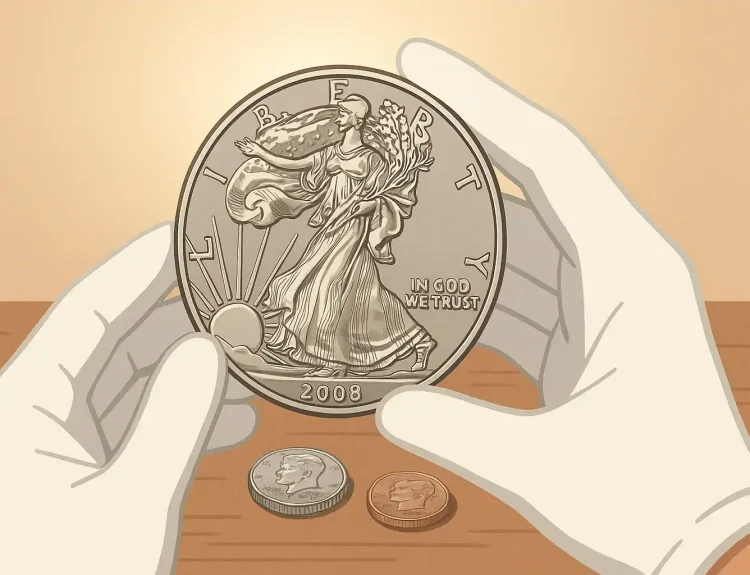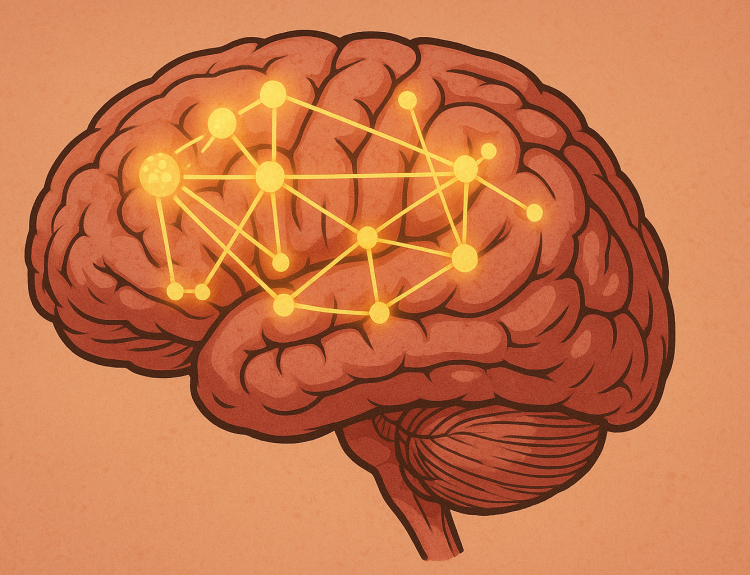Why Choose Carbon Fiber for Bike Components
The Magic of Carbon Fiber: Why It Stands Out
If you’ve ever dreamed of turning your bike into an extension of yourself—light, fast, and responsive—then carbon fiber is like finding the secret ingredient to your machine’s soul. But what makes this material so jaw-droppingly special? Let me paint you a picture.
Think about the sheer strength of steel combined with a feather’s weight. That’s carbon fiber. Its unique structure, woven from ultra-thin strands of carbon, results in a material that laughs at heavy metals while holding up under serious pressure. Imagine slicing through crosswinds without fighting your bike or climbing hills like they’re mere speed bumps. Carbon fiber doesn’t just hold up—it transforms the entire ride.
- Weight savings: Exceptional for anyone chasing performance gains.
- Customizability: Designers shape it into aerodynamic frames and sleek handlebars.
- Shock absorption: It dampens vibrations, giving you that buttery-smooth ride.
And let’s talk aesthetics. Matte black, glossy finishes—carbon fiber parts aren’t just functional; they’re pure eye candy. Every detail screams premium, making your bike stand out as both a workhorse and a work of art.
Key Benefits of Lightweight Carbon Fiber Parts

Effortless Speed and Unmatched Performance
Imagine slicing through the wind on your bike like a knife through butter. That’s the kind of magic lightweight carbon fiber parts bring to the table. These components are designed to transform every ounce of energy you put into pedaling into pure, unfiltered forward motion. Unlike heavier materials, carbon fiber doesn’t weigh you down—it lifts you up, letting you climb hills with ease and sprint like a pro.
What’s more, carbon fiber isn’t just about trimming weight; it’s a game-changer in responsiveness. Each push feels sharper, like the bike is reading your mind and reacting instantly. If you’ve ever felt sluggish acceleration or lag on a climb, switching to these parts is like unleashing a hidden superpower.
The Perfect Blend of Strength and Flexibility
Here’s the thing: “lightweight” doesn’t mean fragile. Carbon fiber strikes an extraordinary balance between being featherlight and surprisingly tough. It absorbs vibrations like a dream, smoothing out those bone-rattling bumps on uneven terrain. Consider these standout advantages:
- Vibration dampening: Say goodbye to numb hands after long rides—carbon fiber keeps fatigue at bay.
- Customizable stiffness: Designers can fine-tune carbon components to deliver maximum power transfer while maintaining comfort. It’s tailored perfection.
The result? A ride that feels effortless, controlled, and strikingly smooth. It’s no wonder pros—and anyone serious about cycling—swear by it.
How to Select the Right Carbon Fiber Components

Understanding Quality: Materials and Construction
When it comes to carbon fiber, not all components are created equal. The quality depends heavily on the type of carbon used and how it’s layered during production. Look for terms like “high modulus”, which indicates a stiffer, more performance-oriented material. Feel the surface—do you notice smoothness or rough patches? A well-made piece should feel almost silk-like, not as if it’s been slapped together in a rush.
Pay attention to the weave too. A tighter, uniform pattern often suggests better craftsmanship and durability. And here’s a little pro tip: brands that openly share details about their manufacturing process tend to have nothing to hide. Trust them.
Match Components to Your Riding Style
Your riding personality plays a huge role in choosing the perfect component. Are you a mountain trail conqueror or a pavement speedster? Here’s how to narrow it down:
- For road cyclists: Opt for ultralight carbon handlebars and seat posts to shave off precious grams without sacrificing aerodynamic performance.
- Mountain bikers: Focus on durability with carbon wheels that can handle rough terrain while maintaining agility.
Remember, your bike’s soul is in its components. Choose wisely, and it will reward you with rides that feel like flying.
Common Types of Carbon Fiber Bike Components

The Key Players of Carbon Fiber Bike Components
When it comes to shedding those extra bike pounds, carbon fiber parts are the ultimate secret weapon. But what are the most common components that benefit from this feather-light material? Let me walk you through a few key players you’ll encounter when upgrading your ride:
- Frames: The beating heart of your bike. Carbon fiber frames are revered for their perfect fusion of strength and weight reduction. Imagine powering up steep climbs without carrying a tank beneath you—glorious, isn’t it?
- Wheels: Every cyclist knows wheels are where the magic happens. Opting for a carbon fiber wheelset means faster acceleration and smooth-as-butter rolling on the road. Plus, you’ll slice through headwinds like a pro.
- Handlebars: Your control center deserves an upgrade too. Carbon fiber handlebars not only trim excess weight but also reduce road vibrations, making your hands feel less like they’ve been through a jackhammer session.
- Seat Posts: Don’t underestimate the humble seat post. With carbon fiber, you get enhanced comfort and flex during long rides. It’s the subtle improvement that makes you want to ride just one more mile.
Other Game-Changers You Shouldn’t Overlook
Beyond the big names, there’s a host of overlooked, yet equally impactful, carbon fiber parts that deserve some love:
– Cranksets: Where pedal power meets efficiency. Switching to a carbon fiber crankset can transform your energy into speed with minimal loss—no watt wasted!
– Forks: Not just for steering, carbon fiber forks excel at soaking up road chatter, giving you a buttery-smooth ride even on sketchy terrain.
– Stem: Though small, a lightweight carbon stem can shave crucial grams off your setup while improving overall handling precision.
Every single gram saved with these components adds up, turning your bike into an agile, responsive machine ready to conquer anything you throw at it.
Maintenance and Care for Carbon Fiber Components

Keeping Your Carbon Fiber Components in Pristine Shape
Owning carbon fiber components is like adopting a high-performance partner for your rides—they’re strong, light, and built to perform. But, just like an elite athlete, they need proper care to stay at their best. Missteps in maintenance could invite unwanted damage, so treat them as you would a prized possession.
First things first, always clean them with a gentle touch. Harsh scrubbing or abrasive cleaners? That’s a hard no. Stick to mild soapy water and a soft cloth—simple, effective, and safe. And if you’re using a pressure washer, keep it far enough away to avoid forcing water into sensitive areas.
- Check for cracks or chips regularly—don’t dismiss even the tiniest irregularities.
- Avoid clamping too tightly when mounting; carbon fiber hates excessive compression.
- Use a torque wrench religiously when tightening bolts—it’s non-negotiable!
Avoiding Hidden Hazards: The Dos and Don’ts
Keep carbon fiber away from sharp objects or careless storage. Ever leaned your bike against a sharp metal table? That’s a recipe for heartache. And remember, while carbon fiber laughs in the face of rust, UV rays can fade that sleek finish over time. Apply a UV-resistant polish to keep those parts gleaming like new. Think of it as sunscreen for your bike!
Grant your carbon fiber the respect it deserves—it’ll repay you with unforgettable, feather-light rides every time.



